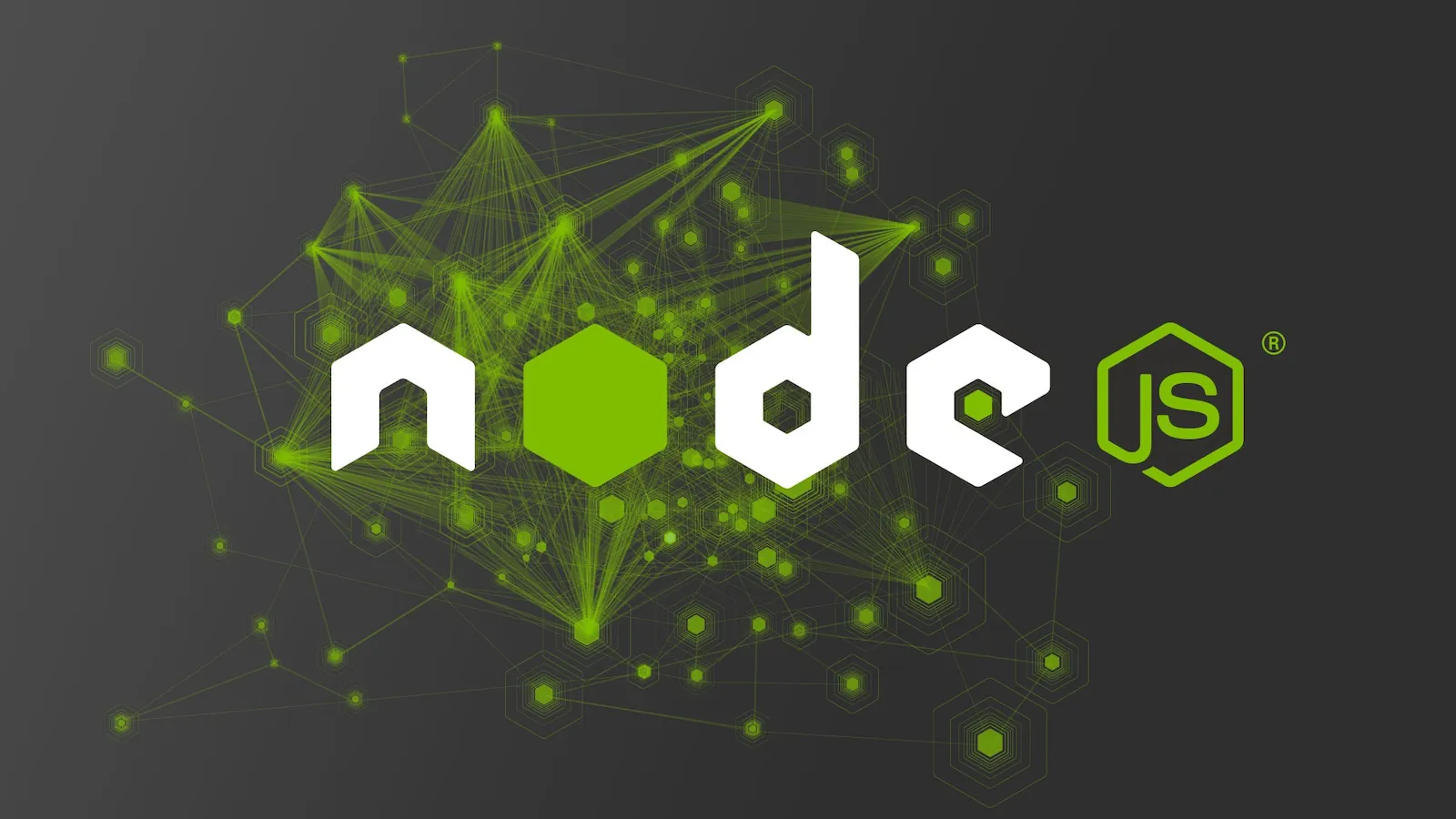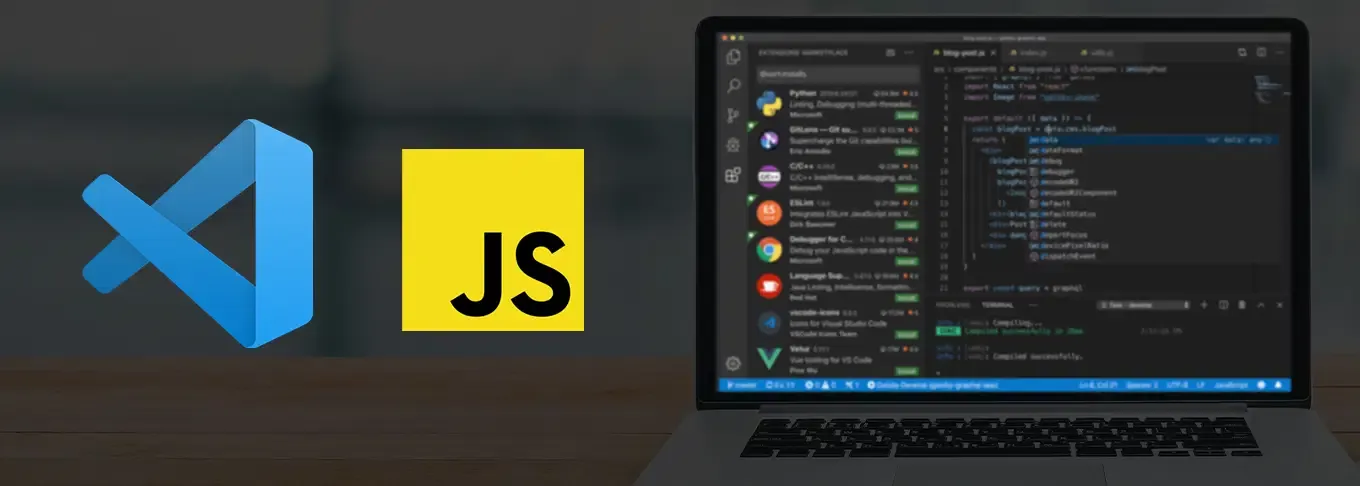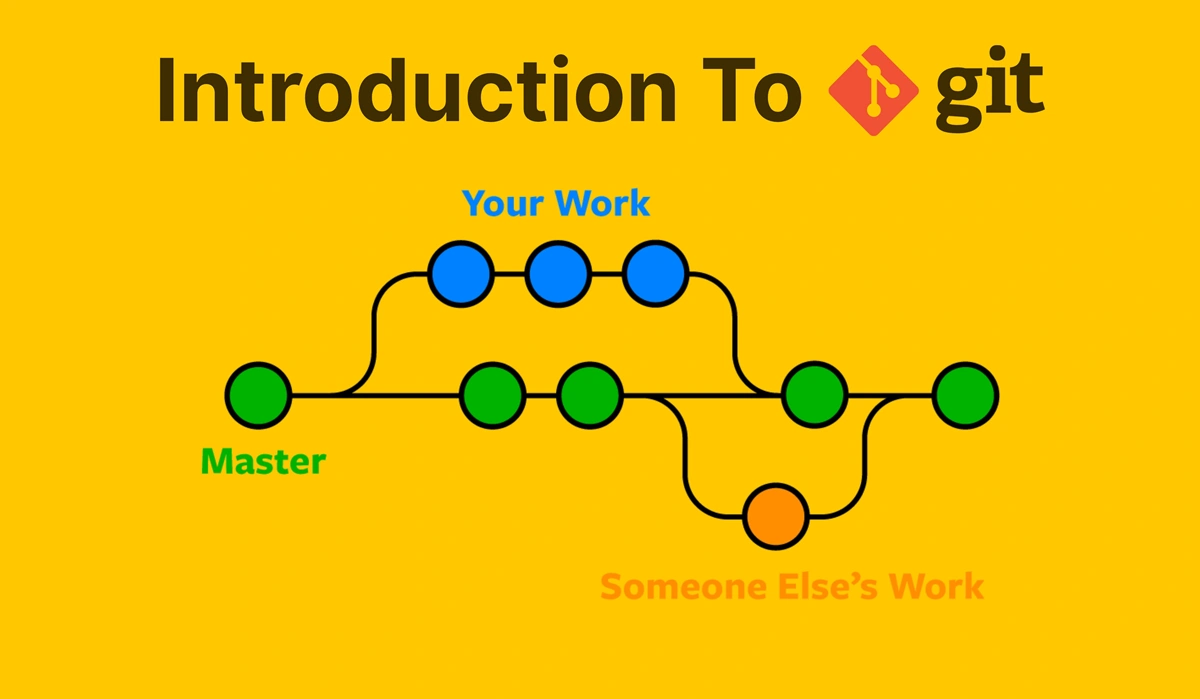You’re about to step into the fascinating world of web programming, and JavaScript is your ticket. But before you can write magical lines of code, you need something essential: a "stage" for your JavaScript to perform. That stage is called the runtime environment.

Just like a chef needs a kitchen or an artist needs a studio, your JavaScript code needs an environment to be interpreted and executed. Whether you want to create stunning web effects or build a powerful server, this article will help you set up the perfect environment.
Let’s get started!
Where Will Your Code Run? The Two Most Popular JavaScript Environments
JavaScript is unique because it can "live" in two very different worlds. Which environment you choose depends entirely on your goals.
Browser Environment 🌐
This is the original and most common environment for JavaScript. Every modern browser—Chrome, Firefox, Edge—comes with a built-in JavaScript Engine to read and execute code.

- When to use? When you want to build the front-end (user interface) of a website. Everything you see and interact with on a web page—from image sliders and button effects to form submissions—is controlled by JavaScript running in the browser.
- Strengths:
- Ready to use: No installation needed! Just open your browser and you have a powerful JavaScript environment.
- Direct interaction: Lets you manipulate web page elements (HTML, CSS) via the DOM.
- Powerful debugging tools: Press
F12(orCmd+Opt+Ion Mac) to open Developer Tools—your best friend for debugging.
Super simple setup (Get started in 2 minutes):
- Create a folder for your project.
- Inside that folder, create two files:
index.htmlandscript.js. - Open
index.htmland paste:<!DOCTYPE html> <html lang="en"> <head> <title>JavaScript Stage</title> </head> <body> <h1>Welcome to the world of JavaScript!</h1> <script src="script.js"></script> </body> </html> - Open
script.jsand write your first code:console.log('Hello, World! JavaScript is running in the browser!') alert('You have successfully set up your environment!') - Drag and drop
index.htmlinto your browser. You’ll see an alert pop up, and if you open Console (F12), you’ll see the message "Hello, World!".
Congratulations! You’ve just set up and run JavaScript in the browser.
Node.js Environment (Server-side) ⚙️
For a long time, JavaScript was "trapped" in the browser. The arrival of Node.js in 2009 was a revolution, letting JavaScript "break free" and run directly on your computer as a server-side language—just like Python or Java.

- When to use? When you want to build the back-end of an application. For example: building APIs, creating web servers, handling business logic, connecting to databases, or writing command-line tools.
- Strengths:
- Full-stack development: Use the same language (JavaScript) for both front-end and back-end.
- High performance: Non-blocking, asynchronous I/O—ideal for apps that handle many connections at once.
- Huge ecosystem: NPM (Node Package Manager) is the world’s largest open-source library repository, offering tools and solutions for every problem.
How to set up Node.js:
-
Download and install: Go to the Node.js homepage and download the LTS (Long Term Support) version. The installation is simple—just click "Next" a few times.
-
Check installation: Open your terminal (Terminal on Mac/Linux, Command Prompt or PowerShell on Windows) and type:
node -v npm -vIf you see version numbers (e.g.,
v20.11.1), Node.js and NPM are installed successfully. -
Run a JavaScript file:
-
Create a file called
app.js. -
Write this code:
const http = require('http') const hostname = '127.0.0.1' const port = 3000 const server = http.createServer((req, res) => { res.statusCode = 200 res.setHeader('Content-Type', 'text/plain') res.end('Hello, World! JavaScript is running on Node.js!') }) server.listen(port, hostname, () => { console.log(`Server running at http://${hostname}:${port}/`) }) -
In your terminal, navigate to the folder with
app.jsand run:node app.js -
Now open your browser and go to
http://localhost:3000. You’ll see the message "Hello, World!".
-
You’ve just created a mini web server with JavaScript! Pretty cool, right?
Essential Tools for Every JavaScript Developer
No matter which environment you choose, you’ll need these tools to code efficiently and professionally.
Code Editor 💻
You could use Notepad, but a dedicated code editor is your "magic sword." It offers features like syntax highlighting, code suggestions, integrated debugging, and project management.
Top pick: Visual Studio Code (VS Code)
It’s free, powerful, and the most popular editor today. With a huge extension ecosystem, you can customize VS Code for any need.

- Recommended extensions for JavaScript: Prettier (code formatting), ESLint (error detection), Live Server (auto-reload on code changes).
Version Control – Git & GitHub 🛠️
Think of Git as a "time machine" for your code. It lets you save project versions, revert changes, and collaborate without fear of breaking things. GitHub is an online service to store your Git repositories.

Learning Git and GitHub is a must-have skill for every professional developer.
Summary & Advice for Beginners
So where should you start?
The best advice: Start with the browser environment.
- Get familiar with JavaScript basics.
- Learn how to manipulate HTML and CSS (DOM Manipulation).
- Build small front-end projects like a calculator or a simple weather app.
- Once you’re comfortable, conquer Node.js to understand back-end development and become a full-stack developer.
| Environment | Main Purpose | Need to install? | Tools included |
|---|---|---|---|
| Browser | Front-end, user interaction | No | Developer Tools (F12) |
| Node.js | Back-end, server, API | Yes (Download from site) | NPM, Terminal |
Setting up your environment is just the first step on an exciting journey. Don’t be afraid to experiment, make mistakes, and learn from them. Happy coding, and may you build amazing things! ✨
![[JS Basics] Conditional Statements in JavaScript: Examples & Effective Usage](/images/blog/conditional-statements-in-javascript.webp)
![[JS Basics] Loops in JavaScript: A Detailed Guide for Beginners](/images/blog/loops-in-javascript.webp)
![[JS Basics] Manipulating the DOM with JavaScript: A Detailed Guide for Beginners](/images/blog/manipulating-the-dom-using-javascript.webp)
![[JS Basics] Objects in JavaScript: Concepts & Effective Usage](/images/blog/objects-in-javascript.webp)